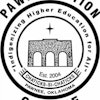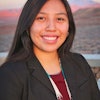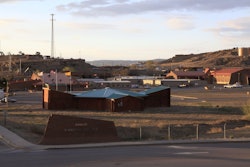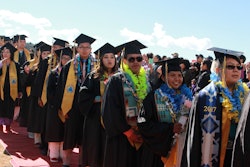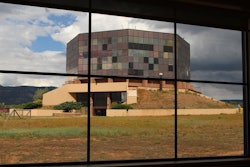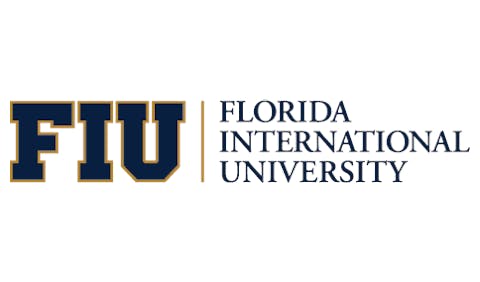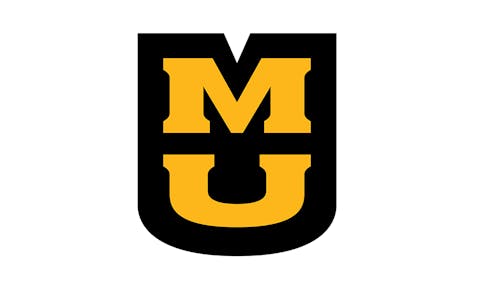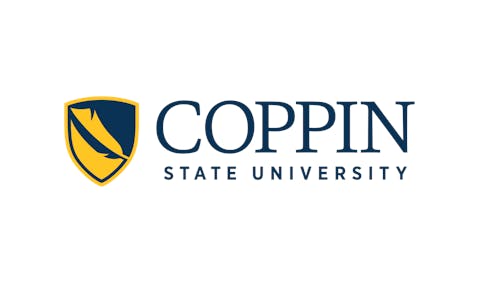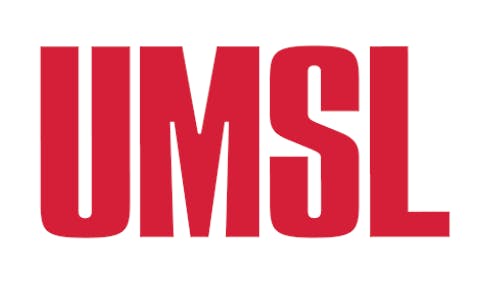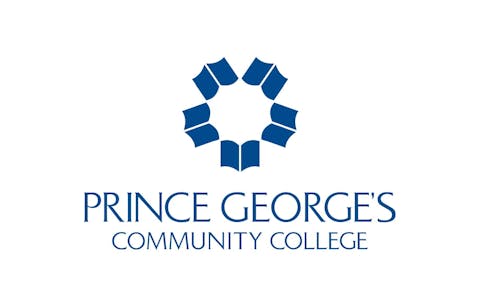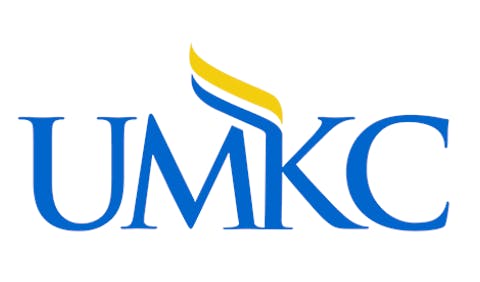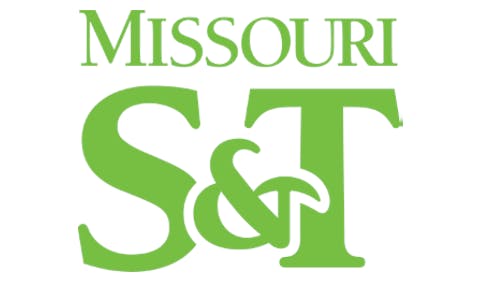 Ashley Loring Heavyrunner
Ashley Loring Heavyrunner
That’s why, when one of them goes missing or is murdered, the impact ripples across communities, tribes, and nations.
And for Native Americans, those missing and murdered aren't just an unlucky few. There are thousands of indigenous people who have vanished without a trace, or have been found murdered, and their attacker has never been brought to justice.
Real data on the full figure and impact of Missing and Murdered Indigenous Persons (MMIPs) is severely limited. But experts note that four in five Native American women have experienced violence, and more than half have experienced sexual violence, according to the Indian Law Resource Center. Men and non-binary individuals are also attacked at a higher rate than any other racial group in the U.S., and most of the violence perpetrated against Native people comes from non-indigenous persons, with four out of five assaults perpetrated by a white person. Additionally, about 75% of the deaths of indigenous youths aged 12 to 20 are caused by violence. One third of indigenous women will be raped in their lifetime, and three out of four will be physically assaulted. Non-binary or two-spirit people (those persons who ascribe to a third gender) have a 66% chance of being sexually assaulted in their lifetime.
 Cheryl Crazy Bull
Cheryl Crazy Bull
Tribal Colleges and Universities (TCUs) are often the central hub for their communities, working to preserve language, culture, and sovereignty for tribal nations. But their educational walls alone cannot stop violence from impacting their faculty, staff, or students.
In June 2017, 20-year-old Blackfeet Community College (BCC) student Ashley Loring Heavyrunner disappeared. Four years later, investigators are still no closer to solving her case.

